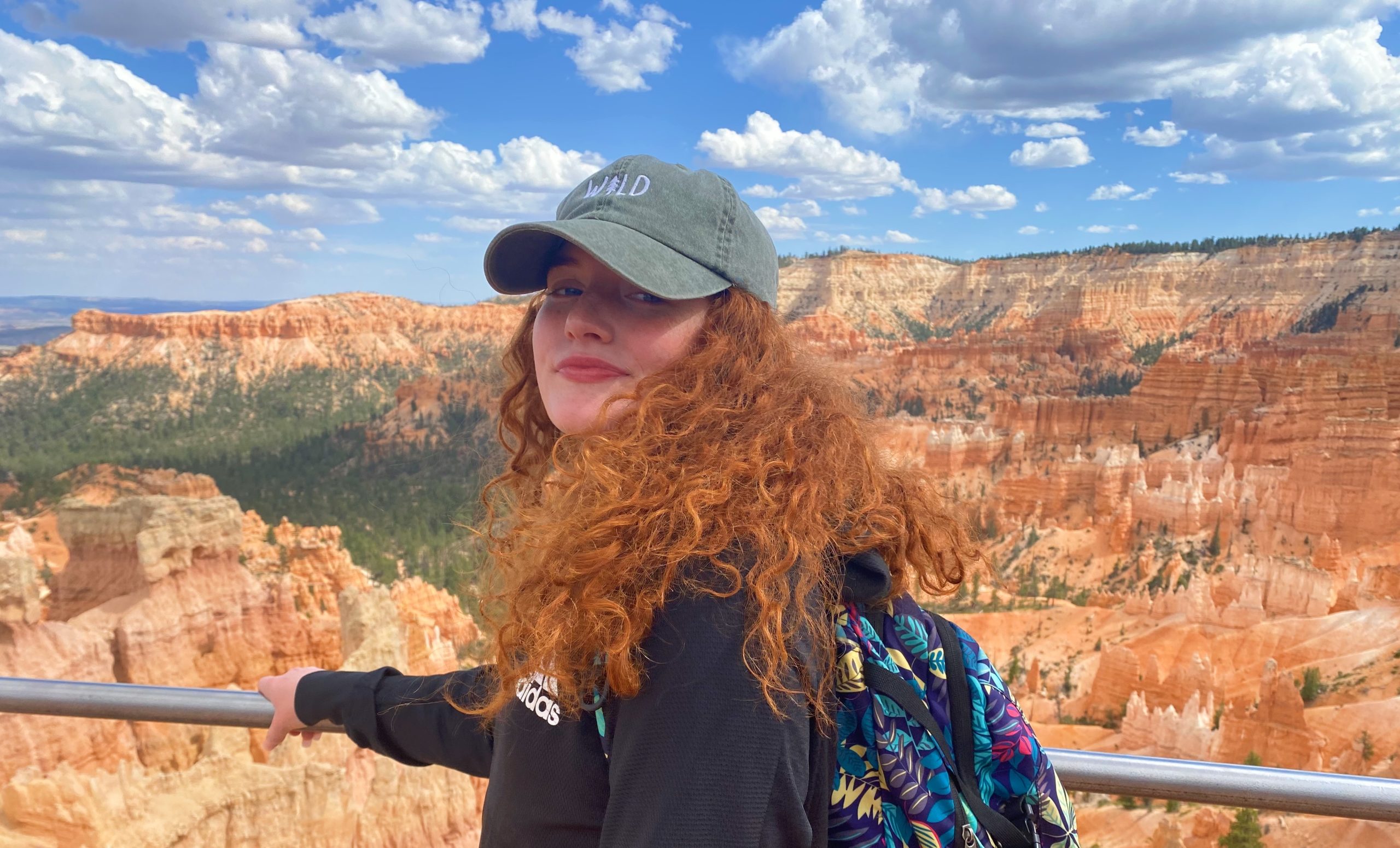In the ever-evolving landscape of energy consumption and sustainability, with shifts driven by regulator pressure, DER adoption, and infrastructure needs, demand response programs are a critical, proven tool for balancing energy supply and demand. These programs incentivize consumers to adjust their energy usage during peak demand periods, thereby reducing strain on the grid and promoting efficiency. As demand response initiatives become more commonplace, marketers and program managers need to track their success effectively. This is where marketing metrics come into play—providing insights into the program’s performance and facilitating data-driven decisions. Read on to explore the key marketing metrics to consider when monitoring the success of a demand response program.
Enrollment Rate
The enrollment rate is a fundamental metric that measures the percentage of eligible customers who have signed up for the demand response program. A high enrollment rate indicates effective marketing efforts and an engaged consumer base. To improve this metric, consider optimizing your enrollment process, offering clear incentives, and using targeted communication strategies.
An effective tool to drive enrollment is a landing page. Landing pages help capture customer information while educating them on program offerings. Two enrollment metrics to consider for landing pages are the number of applicants and the number of approved houses, which are a great way to gauge qualified interest.
Participation Rate
While enrollment signifies interest, participation is a qualitative measure of the actual engagement of enrolled customers during peak demand events. This metric indicates how well customers are following through with their commitment. Tracking participation rates helps identify any barriers or disincentives hindering engagement, allowing you to tailor your messaging or incentives accordingly.
Incorporating customers into a demand response program, even if it’s by the simple act of providing transparency, helps build your relationship and facilitate strong communication habits. Building rapport with your community is necessary to grow your programs. Communicating these opportunities can lead to mass community buy-in, which is critical during peak demand events. By contrast, utilities that fail to communicate peak event needs with their customers have experienced negative press, which not only hurts the image of an organization but also disincentives program participation.
Peak Load Reduction
The primary goal of demand response programs is to reduce electricity demand during periods of high stress on the grid. Peak load reduction measures the total reduction in energy consumption achieved by participants during these peak periods. Measuring the program’s impact on reducing peak demand not only demonstrates its effectiveness but also showcases its contribution to grid stability. A higher reduction indicates that the program is effectively incentivizing participants to curtail their energy usage when it matters the most. Conversely, a lower reduction can provide insight into deficits, or potential opportunities to improve your program.
Response Time
Response time refers to the speed at which participants adjust their energy usage once notified of a peak demand event. A shorter response time indicates a higher level of engagement and responsiveness among participants. Monitoring response time can help you evaluate the effectiveness of your communication methods and the clarity of your instructions.
Customer Satisfaction & Feedback
Customer satisfaction is a vital metric that often goes beyond numbers. Collect feedback from participants through surveys or feedback forms to gauge their overall experience with the demand response program. Understanding their perspectives can uncover areas for improvement and reveal successful aspects that should be maintained.
Customer Churn Rate
Tracking customer churn—the rate at which participants drop out of the demand response program—provides insights into program sustainability and customer retention. A high churn rate might indicate dissatisfaction with the program’s benefits, communication issues, or unrealistic expectations. Extrapolating on this information, program managers can better understand the most effective means to engage customers to participate in demand response or other distributed energy resource (DER) programs.
Cost per Megawatt (MW) Saved
Calculating the cost per megawatt saved helps evaluate the program’s efficiency from a financial perspective. It compares the costs incurred to implement and manage the program against the energy savings achieved. A decreasing cost per MW saved over time indicates operational improvements and economies of scale. Captured ROI metrics such as cost savings are always worthy of promotion, relaying the value you’ve provided back to customers.
Channel Effectiveness
Different marketing channels such as email, social media, direct mail, and community events, play a role in promoting your demand response program. Tracking the effectiveness of each channel in terms of enrollment and engagement can guide your future marketing strategies. Potential metrics may include the number of outreach campaigns conducted, the channels used for communication, the click-through rates of program-related emails, and the engagement levels on social media platforms. These metrics help assess the effectiveness of communication strategies in reaching and engaging potential participants.
Key Metrics For Monitoring Demand Response Program Success Conclusion
Demand response programs are crucial in developing the flexible demand-side management strategies needed to enhance grid resiliency and meet rising demand. To ensure the success of these programs, marketers need to rely on data-driven insights provided by various marketing metrics. Marketers can continually refine their strategies, enhance customer engagement, and drive meaningful energy savings by monitoring enrollment rates, participation levels, load reduction percentages, and other key indicators. As the energy landscape evolves, staying attentive to these metrics is necessary for maximizing the impact of demand response initiatives.






